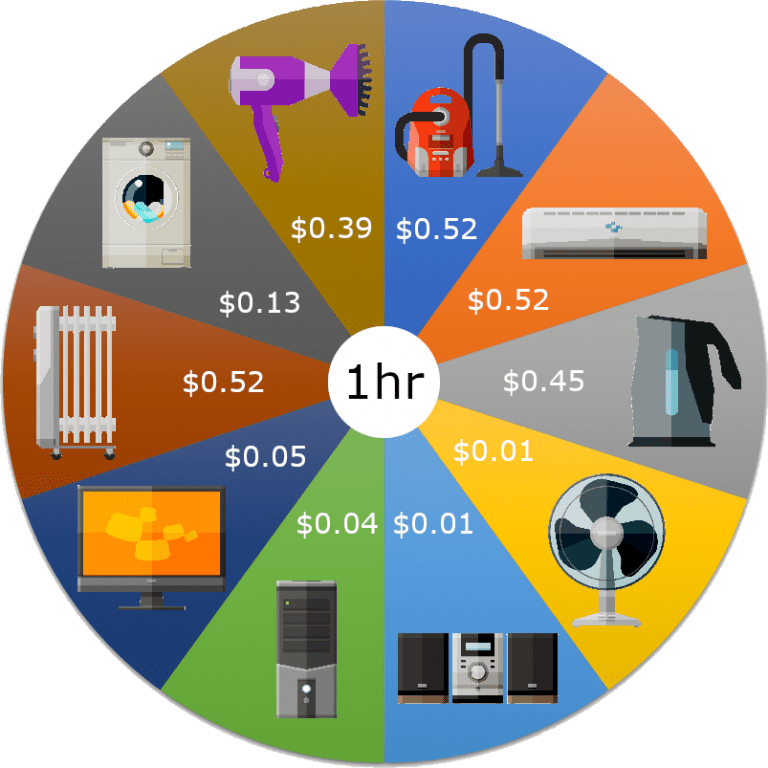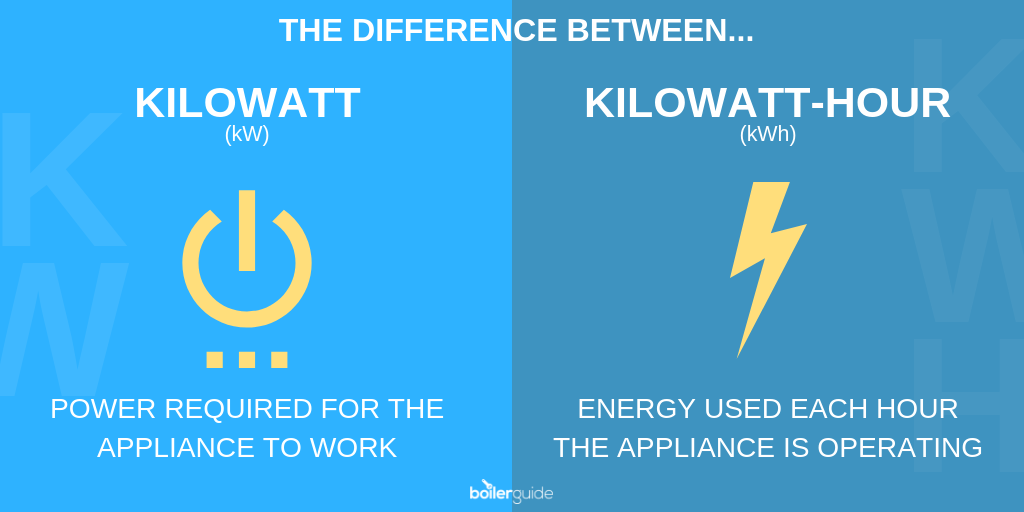Table Of Content

To adequately determine how much electricity a home uses, we need the kWh usage data for homes across the US. Put an end to this waste by unplugging your electronics when not in use. While “sleep” or “standby” mode is convenient, you pay for it through a higher power bill. This is an especially important tip for saving energy if you are working from home.
Household Electronics Energy Usage
However, determining your own solar power system involves having a basic understanding of electricity, components that are needed for a solar power system, wiring and fusing, etc. For example, when designing a solar panel system for your home, it is important to know how much electricity your house uses. To help everybody with these kinds of questions out, we have used statistical analysis to determine exactly how much power a house uses per day. Since bigger households tend to use more kWh per day, we have calculated how many kilowatt-hours do 1, 2, 3, 4, 5, and 6+ person homes use.
Household size
Tumble-dryers are the biggest energy-guzzlers in the kitchen, if not the whole home. To dry a full load of washing costs around 44p12 – so using your tumble dryer twice a week would cost you over £45 a year. Fridge-freezers have become so much more energy-efficient in recent years. You could actually save up to £113 a year, just by switching to a more efficient model8. To find out more about how much countries pay for their electricity, check out our blog post revealing which countries have the cheapest and most expensive electricity. Find out more about our energy plans, and start cutting your carbon footprint today, by making the switch.
Add insulation to your walls, attic and roof
Washing machines and dryers pull significant energy when they're being used, but your usage schedule will heavily affect the actual impact these appliances have on your monthly bill. Generally, heating and cooling electricity needs are some of the highest out of any appliance category. More rooms mean more lightbulbs and appliances, plus a larger area to keep heated and cooled throughout the year. On average, Los Angeles, CA residents spend about $179 per month on electricity. A traditional incandescent bulb which uses 0.06kWh, used for 8 hours a day, would cost you £21.90 a year. You’ll pay around £6 for an LED that will last for years, and only use around 6kWh per year9.
How much does it cost to install a whole house generator?
How much electricity does a TV use? Your questions answered - Ideal Home
How much electricity does a TV use? Your questions answered.
Posted: Mon, 02 Oct 2023 07:00:00 GMT [source]
Solar savings vary widely, and your unique savings depends on factors like electricity usage, your location, electric rates and plans, and more. On average, it only takes between 7 and 8 years for most homeowners who shop for solar on EnergySage to get their solar panels to pay for themselves. There are many additional ways to conserve energy and reduce your monthly electric bills, but the above tips should get you started in the right direction. Energy Information Administration, the three largest categories for residential electricity consumption are air conditioning (17%), space heating (15%), and water heating (13%). After that, the rest of your appliances will account for the remainder. The RECS data breaks down household electricity usage for different applications.
Polycrystalline panels have efficiency ratings of 13% to 20%, and thin film panels have lower ratings (6% to 12%). At Renogy, we pride ourselves on designing, building, and supplying the best solar equipment that we can. You can find our award-winning products in RVs, vans, houses, cabins, remote equipment installations, and so much more. If you are looking for large-scale home energy storage solutions, our Lycan 5000 power box is exactly what you need.

Laundry Energy Usage
If you live in a warm climate and need to run your air conditioning often, you’ll probably use more electricity than someone who lives in a more moderate climate. Most phantom loads will increase the appliance's energy consumption a few watt-hours, and you can use a monitor to estimate those too. These loads can be avoided by unplugging the appliance or using a power strip and using the switch on the power strip to cut all power to the appliance. If you have a larger house, it will require more electricity than a smaller one. You’ll have more rooms to which you have to run electricity for lighting and small appliances. The greatest costs, however, will come from the extra heating and cooling.
Fridges and freezers are the only appliances in your home which need to be plugged in and working around the clock. So it definitely makes sense to get the most energy-efficient model. Electricity use varies greatly depending on size – and just so you know, it’s cheaper to run a fridge-freezer than two separate appliances. How much electricity a TV uses will obviously depend on how much you watch it! The Energy Saving Trust estimates an A-rated 60 inch TV would cost £39 a year to run.
Clothes dryers use quite a lot of energy — usually upwards of 2 kW per hour of use. However, the overall consumption is lower than many other major appliances because dryers are used less frequently. Knowing your actual usage helps you pick the best electricity plan. Review bills regularly to understand your home’s unique usage patterns. A kilowatt (kW) is a power unit used to measure the energy transfer or conversion rate.
How Much Electricity Do Homes in Your State Use? - Electric Choice
How Much Electricity Do Homes in Your State Use?.
Posted: Thu, 15 Oct 2015 18:45:42 GMT [source]
Below are answers to homeowners’ common questions about understanding and managing household electricity usage. In addition to panels, we also offer numerous solar panel kits, DIY systems, 12V batteries, lithium iron phosphate batteries, and other premium solar panel hardware components. View our wide selection of solar panel equipment on Renogy store now. By understanding your home power usage and how it compares to the amount of electricity a house uses on average, you can explore ways you can cut your power usage and run a more efficient home. ENERGY STAR is a U.S. government-backed system that certifies how energy-efficient appliances are.
Washing machines use around 0.8 kW for every hour they run, which is lower than many other major appliances. The upfront cost of installing solar panel systems can be intimidating, but in the long run, they can be paid back fast enough. For example, our friend Shari & Hutch has particularized the cost with their own experience, and it does not seem that intimidating. Even though there can be a wide disparity in the sizing of the system depending on your home and usage, the good news is that in most cases you will save money on your monthly electric cost. You can learn more about the cost of solar or contact our team about solar panel installation options. When looking for ways to reduce your power usage, this tool from Energy.gov can help you estimate the energy your appliances use.
Understanding when we use electricity and what we use it for, can be really helpful when you’re trying to be more energy-efficient. But what you may not yet know is that some appliances, like a TV or laptop, still use electricity, even when they’re on standby. Taking all this into consideration, household electricity use works out at around 7.5kWh (225kWh divided by 30 days) for a medium use household. As you can see from the table below, the data is divided into 2 profiles.
Technology that was recently only available to larger corporations with big budgets is now within reach of small businesses. The audit process commonly finds air leaks and places where you don’t have enough insulation. If the audit finds air leaks in your home, you will know where to improve weatherstripping and insulation. You can connect any device to your smart home system by plugging it into a smart plug.
The amount of kWh a home uses depends on its size, the number of people living there, and factors such as climate. You can find your specific energy usage by reading your electricity bills and tracking the kWh usage over time. Electricity costs an average of $0.15 per kWh in the United States. Based on the average monthly energy usage of 900 kWh, you can expect a typical electricity bill to be about $135. Yes, pool pumps consume more electricity in a year than any other common household appliance.
No comments:
Post a Comment